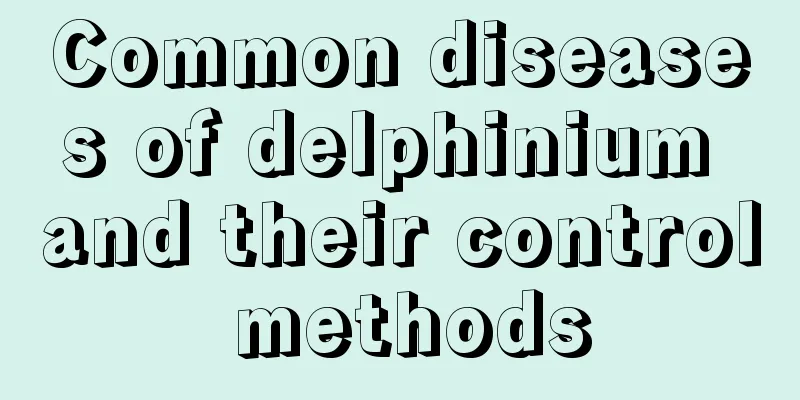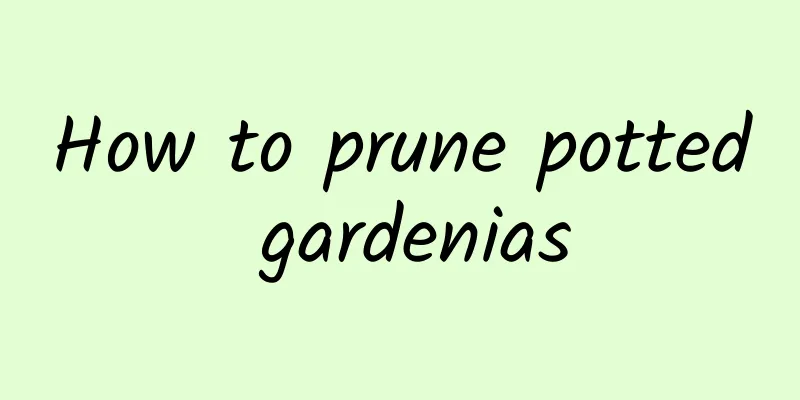Common diseases of delphinium and their control methods

Common diseases of delphinium: powdery mildewSymptomsThe disease affects the leaves and stems of the plant. In the early stage of the disease, white powdery mildew spots appear on the diseased parts of susceptible plants. When the disease is severe, young leaves and shoots curl and growth is inhibited. In the later stage of the disease, small black particles are formed in the mold spots, which are the closed capsules of the pathogen. Disease patternThe pathogen overwinters in ascocarps and produces conidia and ascospores in the spring of the following year. The spores are spread by wind and rain, infecting and harming the host. The disease is more serious in damp and cold seasons. Prevention and treatment methodsReduce the source of infection: After flowering, burn the diseased plants and diseased remains in a concentrated manner. Strengthen cultivation management: Pay attention to drainage of the planting site to prevent moisture. The plants should not be too dense and should maintain good ventilation and light conditions. Chemical control: When the disease occurs, spray 1000 times diluted 50% benomyl wettable powder, or 800-1000 times diluted 15% fenadine wettable powder. Delphinium root collar rot is a devastating disease of delphinium. The pathogen invades the plant through the roots and root collar, cutting off the water supply and causing the plant to suddenly wilt and die. Common diseases of delphinium: black spotSymptomsThe disease harms the leaves, petioles, stems and flowers of the plant, mainly the leaves. The lower leaves of the plant are often the first to become infected. Shiny black spots appear on the front of the infected leaves, and the spots are irregular in shape. The spots on the back of the leaves are light brown. Disease patternPathogenic bacteria overwinter on the soil surface or on diseased leaves. When conditions are suitable in the spring of the following year, the pathogens spread through rainwater, invade through the host's stomata, and cause infection. Seeds can also carry bacteria and diseases. The disease is more serious when there is a lot of rain and the soil is moist. Prevention and treatment methodsManual removal: If diseased leaves are found, remove them immediately and burn them, and cut off old stems in autumn. Chemical control: When the disease occurs, spray 1000 times diluted streptomycin. |
<<: Campanula pests and diseases and control methods
>>: Diseases and prevention methods of hibiscus chandelier
Recommend
Why do bougainvillea leaves fall off when touched?
1. Causes 1. It may be caused by water. Too much ...
What to do if the leaves of poppy turn yellow
Analysis of the reasons why the leaves of poppy t...
Varieties of aster
Aster variety: Asteroid series The plant is about...
The Feng Shui Effect of Brazilian Iron
The symbolic meaning of Brazilian iron The symbol...
What flowers are suitable for growing in Fuxin? What are the city flowers and trees?
1. Climate characteristics of Fuxin Fuxin has a n...
How to grow Kalanchoe to make it bloom
1. Watering method When growing Kalanchoe, it sho...
What is coconut brick soil? Is it breathable?
1. What is coconut brick? Coconut bricks are actu...
What are the benefits of black wolfberry? How to eat black wolfberry
1. Nourish the liver and improve eyesight Black w...
How often does Epiphyllum bloom?
1. How many times a year Under normal circumstanc...
How to cultivate small-leaf red sandalwood
Growth conditions of red sandalwood Dalbergia sma...
How to care for Zi Chi Nian Hua during its dormancy period
The manifestation of hibernation in Zichi Nianhua...
How to grow golden edge agave
1. Maintenance methods 1. Temperature: When breed...
How long does it take for lily buds to bloom?
1. How long does it take to bloom? Generally spea...
I heard that these plants can "remove" odors from the room, so try it now!
Tiger tail orchid The leaves can absorb water vap...
When is the best time to repot succulent plants? What is the best season to repot succulent plants?
Succulent plant repotting time Succulent plants n...









